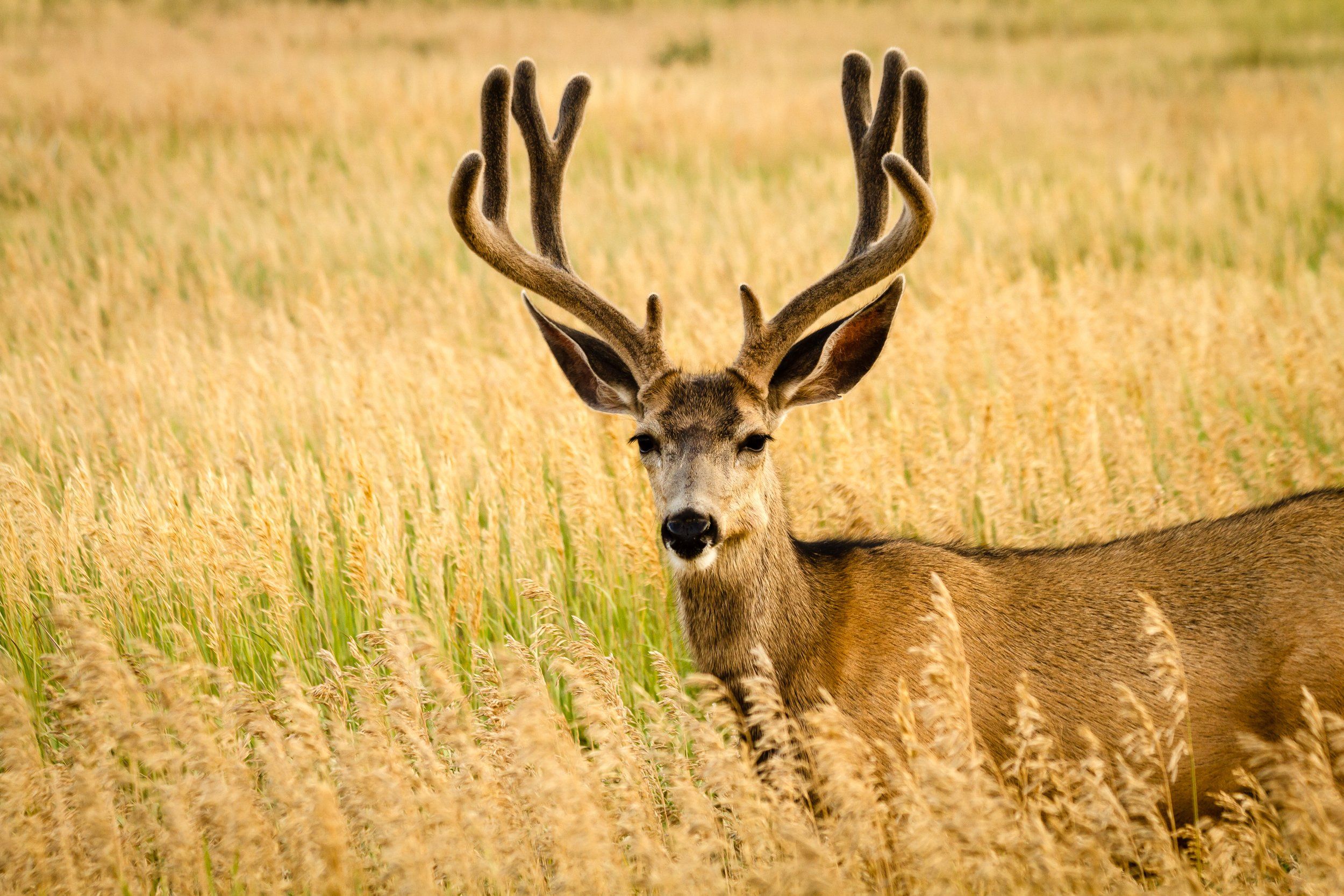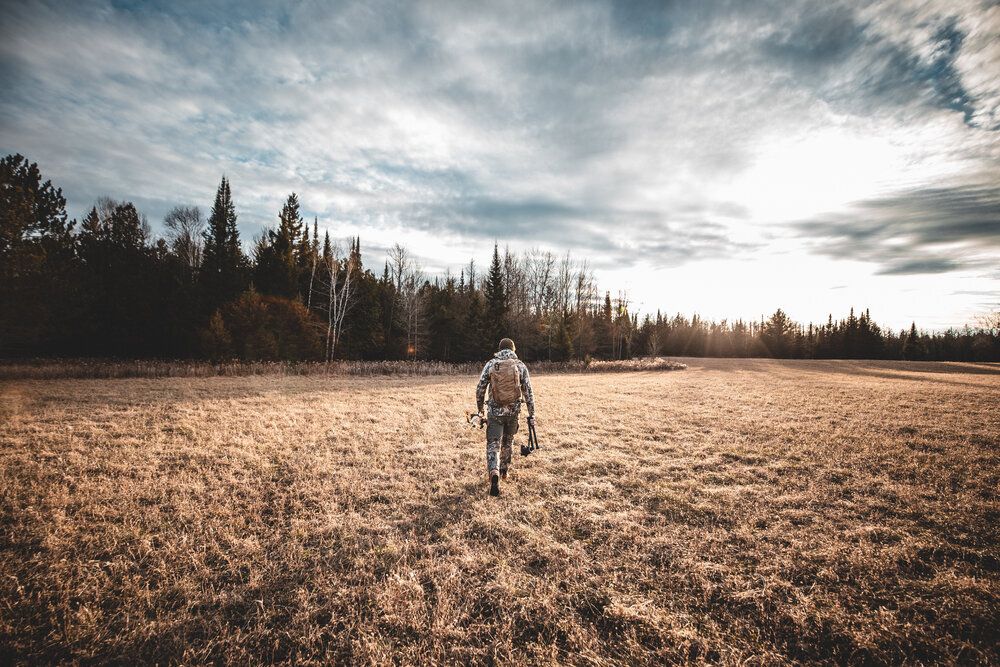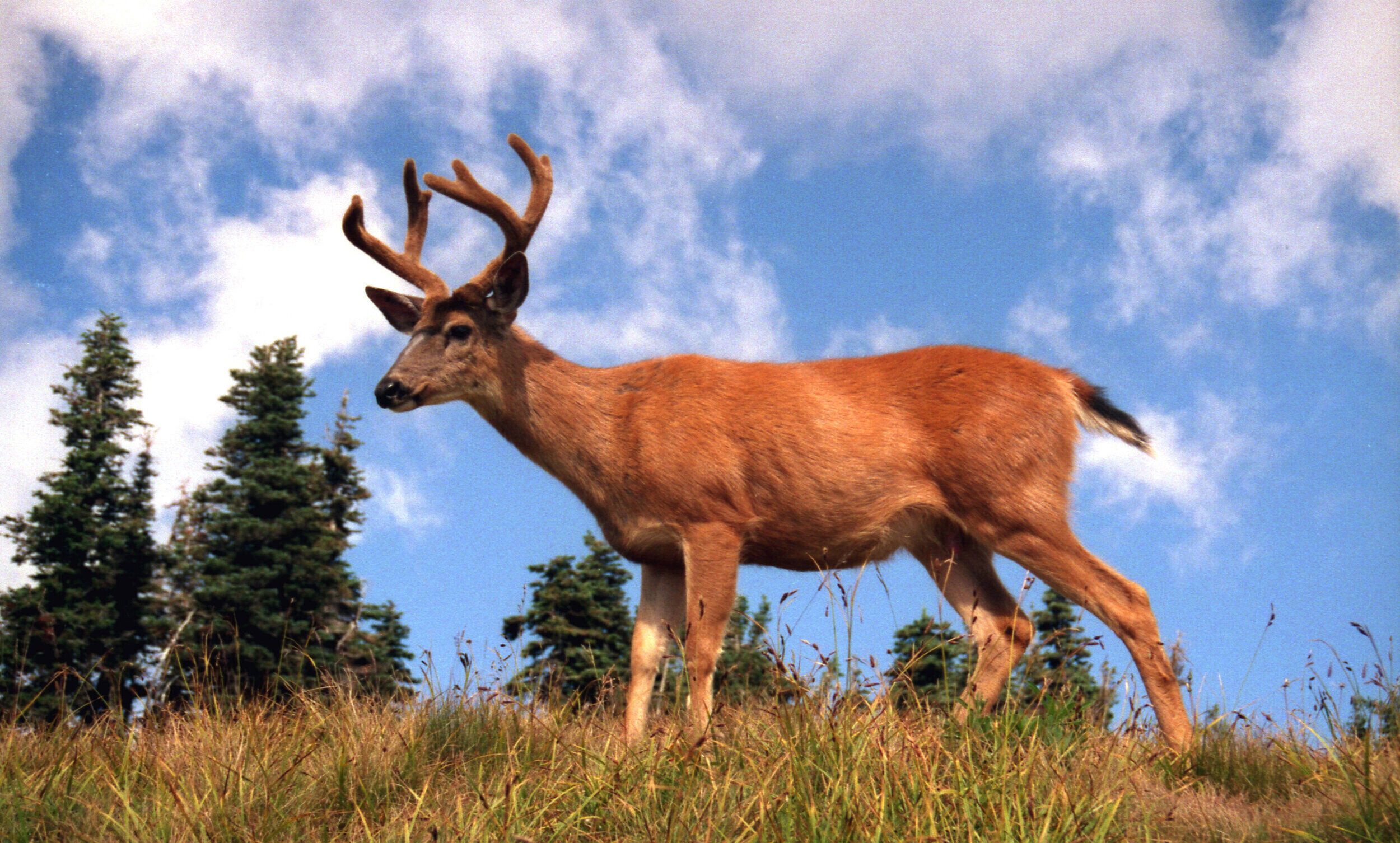Field Guide / Deer
A Guide to Late Season Whitetail Hunting
Late season deer hunting efforts often include a mixed bag of opportunities for mature bucks. Whether you are hunting with a bow, muzzleloader, shotgun, or rifle, the rate of success can be extremely high.
Previous in Deer
More Content Like This
6 Ways to Successfully Hunt Deer in Hot Weather
You are prepared, primed, and ready to hunt cold fronts all season long. You plan your schedule and time your days off around them. And then it happens—you get a bunch of hot weather days smack dab in the middle of your schedule. Read More
Read MoreBarometric Pressure and How it Affects Deer Movement
It’s only natural for us hunters to pay more attention to the weather as deer season approaches. From the sudden cloud coverage on a crisp fall day, to the slight drizzle of snow you weren’t expecting, to the noisy wind shaking the trees, we are awar...Read More
Read MoreBest Times to Hunt Black-Tailed Deer
Black-tailed deer can be found in the western parts of North America, from central California all the way to coastal British Columbia and southern Alaska. Often referred to as the "Pacific Ghost," these creatures are extremely illusive, making harves...Read More
Read More Deer
Deer6 Ways to Successfully Hunt Deer in Hot Weather
You are prepared, primed, and ready to hunt cold fronts all season long. You plan your schedule and time your days off around them. And then it happens—you get a bunch of hot weather days smack dab in the middle of your schedule. Read More
Read More Deer
DeerBarometric Pressure and How it Affects Deer Movement
It’s only natural for us hunters to pay more attention to the weather as deer season approaches. From the sudden cloud coverage on a crisp fall day, to the slight drizzle of snow you weren’t expecting, to the noisy wind shaking the trees, we are awar...Read More
Read More Deer
DeerBest Times to Hunt Black-Tailed Deer
Black-tailed deer can be found in the western parts of North America, from central California all the way to coastal British Columbia and southern Alaska. Often referred to as the "Pacific Ghost," these creatures are extremely illusive, making harves...Read More
Read More
1 of 3
